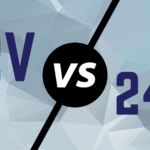
MENUMENU
TALK TO AN EXPERT
Special Hours: 7AM – 6PM PST
TALK TO AN EXPERT
Special Hours: 7AM – 6PM PST
Solar energy is a fantastic way to get power anywhere the sun shines. It works great but only when the sun is out, so it’s critical to have the best battery possible for storing solar energy. LiFePO4 battery chemistry is one of the best options for solar storage for a number of reasons.
Join us as we take a closer look at the best option for storing the sun’s energy.
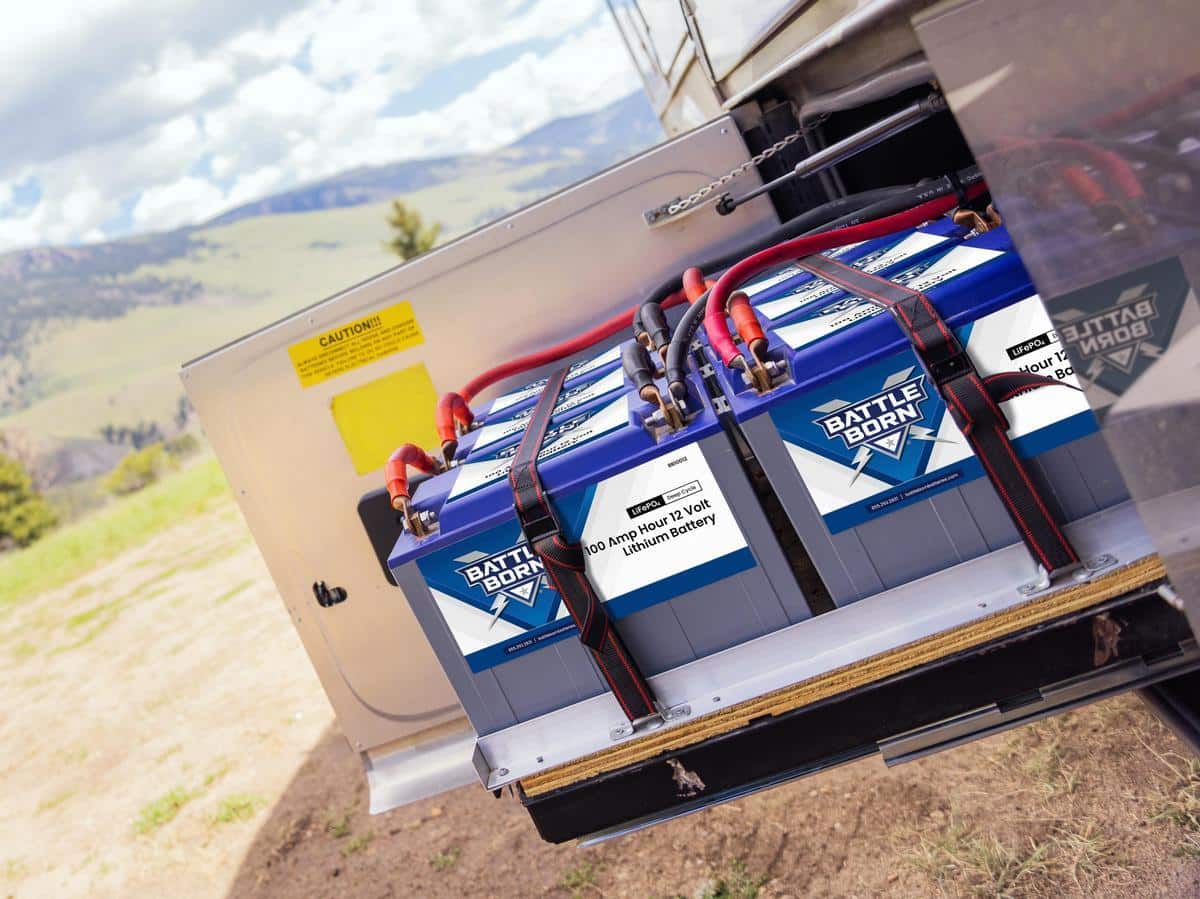
First, let’s simply define solar battery storage. Solar panels convert sunlight into energy, but you can’t always count on having enough sunlight to provide consistent power on demand. If it’s overcast or nighttime, you’d be out of luck without a good battery.
When the solar panels absorb the power, it is transferred to the battery until it reaches capacity. You can use the power stored within when it’s overcast or night and rely on fresh solar power when it’s sunny. The battery can also provide a larger amount of energy for a short period of time. It is possible to run a 1200 watt microwave on a 300-watt solar panel, but only if you have a batter to store and provide the larger amount of energy for a shorter period.
The battery is the heart of the solar system because none of the other components are much help without it.
As you might have gathered from the title, LiFePO4 is our top choice and what we specialize in at dragonfly energy. It stands head and shoulders above traditional lead-acid batteries of all types, and we consider it the best lithium battery option for solar.
Still, it’s good to know your options. Here are a few of the most common types of solar battery storage options.
Lead-acid batteries are likely the most familiar type that can be used for storage. The vast majority of gas-powered passenger vehicles operate with a lead-acid battery to power the starter and other electrical components.
The battery chemistry is tried and true, having been around for generations. It’s easy to find, and they tend to be less expensive than lithium options. There are many different types of lead-acid such as flooded, Gel, AGM, or crystal but they all perform similarly for storage.
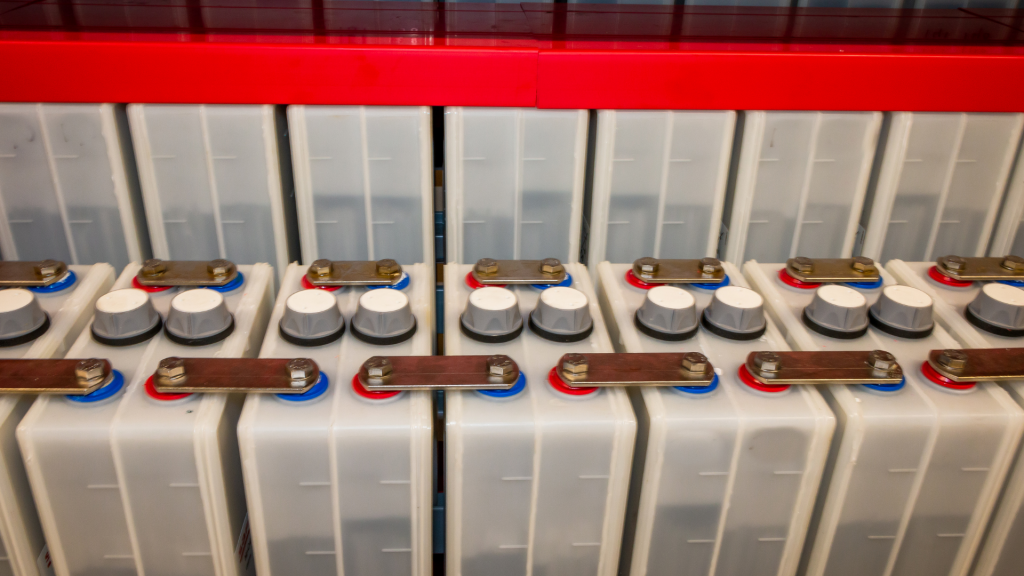
While lead-acid is less expensive upfront, there are many drawbacks to solar storage. Chief among these is their usable capacity; you can only discharge them to 50% before they suffer damage. They also last for many fewer life cycles than lithium batteries. Charge rates are also slower and they suffer damage when not fully recharged properly a common occurrence with solar energy systems.
As mentioned, lithium batteries, like LiFePO4, have a more advanced chemical makeup. Though they’re generally more expensive upfront, lithium batteries have proven their worth over the years in both small applications like cameras and cell phones as well as in large appliances and vehicles.
Lithium batteries store more energy, put out more power and deliver a more consistent supply, and last longer, particularly compared to lead-acid batteries. Charging can start and stop anywhere in the charge cycle and they last thousands of more cycles than lead-acid.
The initial cost is the biggest drawback of lithium batteries. They can be much more expensive initially, but it pays off in the long run. We guarantee our LiFePO4 battery to last 5 years, but they normally last much longer.
Lithium-ion batteries can boast different kinds of chemistry based on the application. Regarding solar battery storage, LiFePO4 (lithium iron phosphate) has a battery chemistry that stands out above both lead-acid and other lithium batteries.
LiFePO4 batteries are widely considered the safest type of lithium battery, and they last for a decade or longer. They also offer flexible charging and deeper discharge cycles without damage.
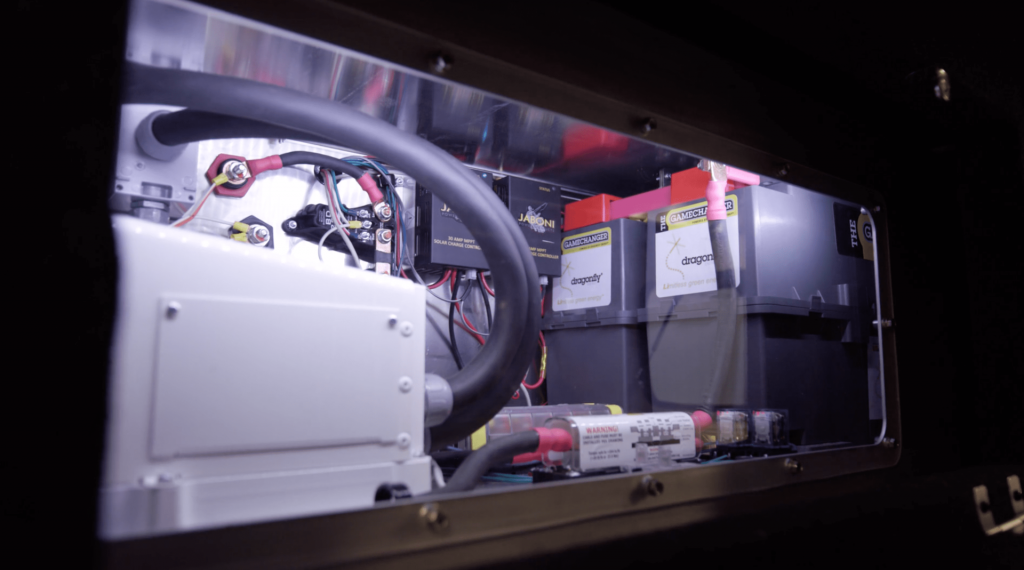
There aren’t many drawbacks to LiFePO4 batteries other than the initial upfront cost. Although, many would say it’s not truly a disadvantage since you’ll likely save money buying just one lithium-ion battery in 10-15 years rather than several lead-acid batteries.
As you can see, the positives of LiFePO4 batteries greatly outweigh the negatives. Their efficiency and consistent energy output make it a clear winner. Let’s go over the specifics.
Battery life is where LiFePO4 batteries make up for the higher initial cost. A high-quality LiFePO4 like Dragonfly Energy is designed to last 3000-5000 cycles of deep discharging and still retain 80% of its original capacity. This is critical for a solar system because the batteries are used every single night and recharged every day.
In reality, the battery life cycles are even higher as most discharges are not full. 10,000-15,000 cycles are common for LiFePO4 in a solar application making them good for many years.
Because our LiFePO4 batteries come with a built-in battery management system, they’re highly efficient. This also means that they require little to no maintenance. Even if you’re using your battery for RVing or marine capacities with constant movement and jostling, LiFePO4 batteries still hold up well.
LiFePO4 batteries also come with considerable weight savings. They generally weigh about one-third to one-half of what a lead-acid battery weighs. This means you can ramp up your battery bank since it takes two or three LiFePO4 batteries to equal the weight of one lead-acid battery. They also have more usable capacity, which maximizes their weight to power ratio.
LiFePO4 batteries offer lower resistance, and they don’t require a float charging cycle. So they charge much faster than lead-acid batteries. When you’re relying on solar power, a battery that recharges faster is significant. If there are only a few hours of pure sunlight per day where you are, a shorter charge time is gold.
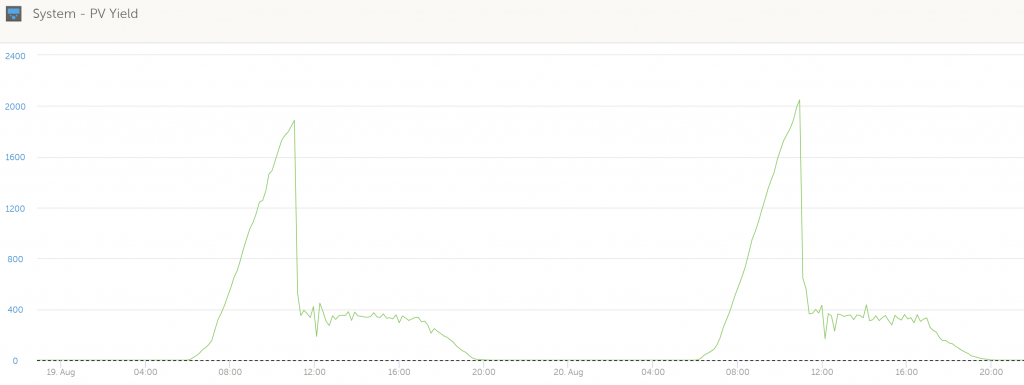
LiFePO4 batteries are non-toxic and recyclable. Many of us want to use solar energy for its environmental benefits, so it only makes sense to utilize solar battery storage that’s not detrimental to the environment. There are fewer gas emissions from them and no risk of acid spills.
A 100 amp-hour LiFePO4 battery typically costs between $800 and $1,000. That certainly sounds like a lot when compared to lead-acid batteries that run around $300. But remember that because you won’t damage them by deeply discharging them, LiFePO4 batteries can easily last 10-15 years with between 3,000 and 5,000 cycles.
While we’ve already talked about why LiFePO4 batteries are good for solar, we want to make sure you understand all that goes into choosing a great battery.
We’ll explore each here to help you make a more informed battery purchase.
Choose a battery that has flexible charging cycles. Basically, that means you can deeply discharge a battery without damaging its lifespan. Also, batteries should efficiently recharge, no matter how low the power level gets.

You can only discharge some batteries (lead-acid) to about 50% capacity before they start suffering irreparable damage. But you can discharge LiFePO4 batteries almost entirely without causing harm. Charging can also start and stop at any point with LiFePO4 batteries.
Usable capacity considers how much you can discharge a battery before it sustains damage. If you have batteries that cannot be fully discharged, you must program the solar system to cut out early or risk battery damage.
Let’s look at an example: Battery A is a lithium-ion LifePO4 battery rated for 200 amp-hours, and Battery B is a 200-amp-hour lead-acid battery. You might think the lithium and lead-acid batteries have the same usable capacity because they have the same power rating. However, you can completely discharge Battery A without causing damage. But if you let Battery B dip below 50%, it will sustain damage that shortens its lifespan and power capacity.
Because of the potential damage issues, Battery A gives you a full 200 amp-hours of energy. Meanwhile, Battery B only gives 100 amp-hours. The practical, usable capacity of Battery A is thus twice that of Battery B.
Always factor in your battery’s lifespan, especially when you’re considering the cost. A lead-acid battery can cost a couple of hundred dollars, while a lithium-ion battery might run several hundred or upwards of a thousand dollars. But when you think about how long your battery lasts, you’ll recognize the colossal bang for your buck.
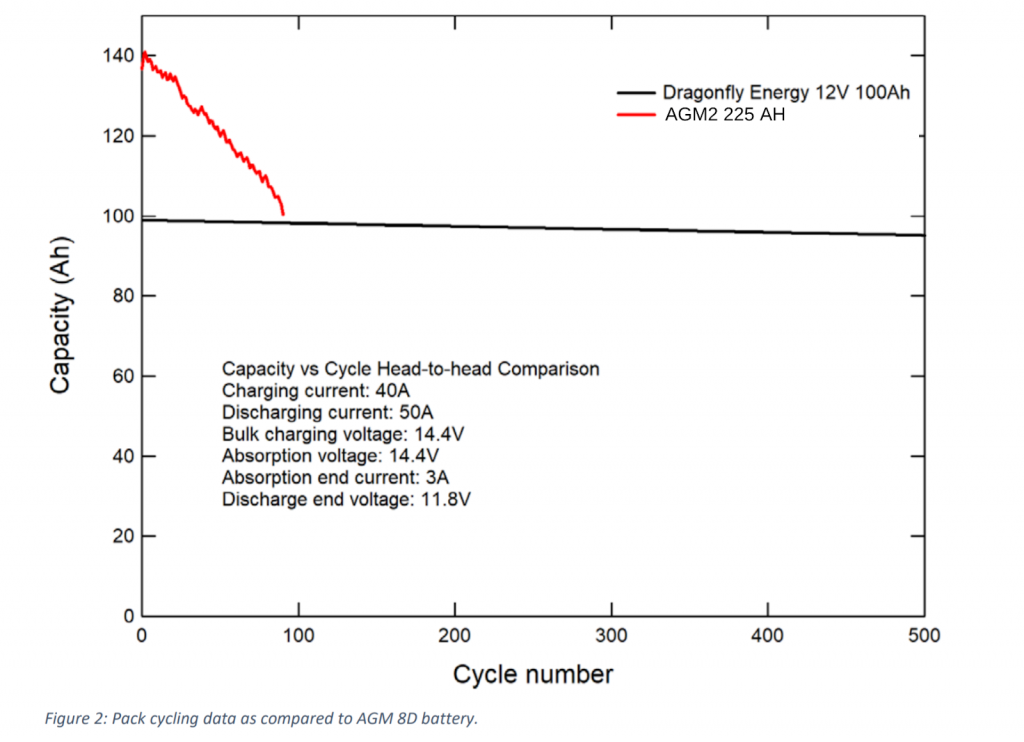
Lithium batteries also last longest under solar charge and discharge conditions that change rapidly. As the sun comes and goes, charge and discharge cycling can happen tens to hundreds of times per day.
While it’s not very common anymore, you can purchase non-sealed lead-acid batteries. They require significantly more maintenance than other battery types, and if they’re jostled too much (like in an RV or boat), they could leak battery acid. This is a safety hazard, and it’s toxic to the environment.
Additionally, most batteries can let off flammable or toxic gases if they overheat or are not well-ventilated. But some present more of a hazardous gas problem than others. Lead-acid batteries are more likely to produce a gas called hydrogen sulfide. It smells like rotten eggs and is colorless, flammable, and very poisonous.
Your battery might also emit flammable gases if it’s overcharged, so finding a battery that will automatically stop charging when it’s full is highly valuable.
Dragonfly Energy lithium-ion batteries have many built-in safety parameters and a perfect safety record that should assuage your concerns here.
When weighing the options for solar battery storage, there’s really no argument: LiFePO4 batteries are the best option. The advanced technology and battery chemistry can stand the test of time and be worth every cent.
We’ve covered the many benefits here, but if you have any other questions about our LiFePO4 batteries for your solar system or another application, feel free to reach out.
The post Why LiFePO4 Makes the Best Solar Battery Storage appeared first on Dragonfly Energy.
Shop Best Sellers

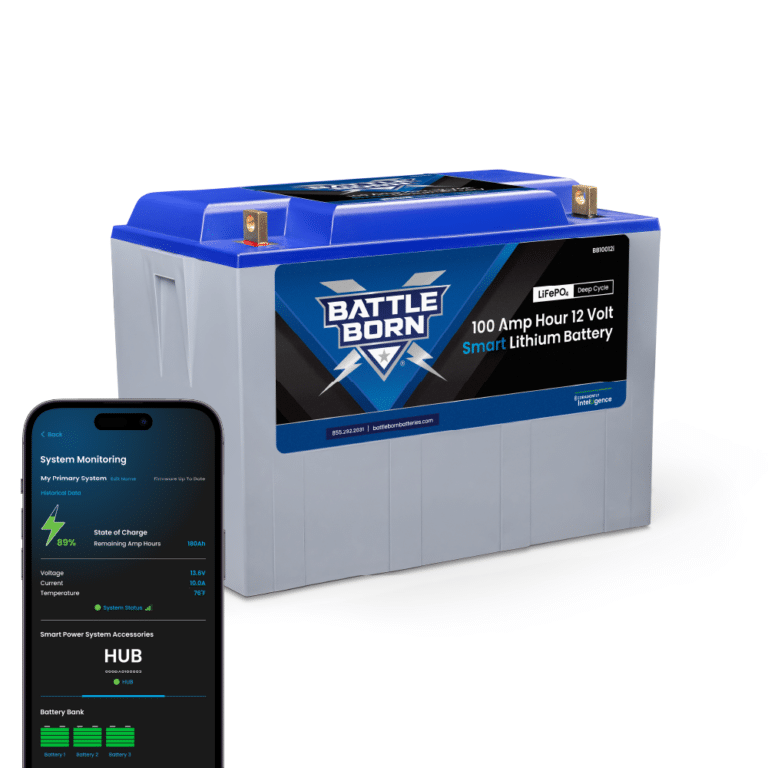

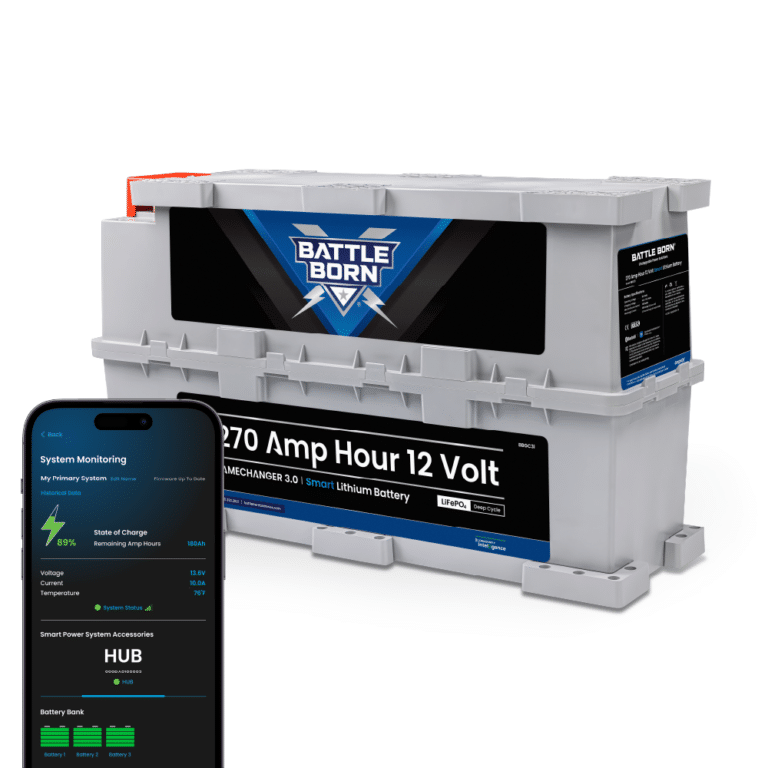




Ask a technical specialist now at 855.292.2831
Stay in the Know